Canada has seen its fair share of overnight brand disappearances, companies that once shaped the country’s retail, food, and lifestyle scenes, suddenly vanishing without much warning. Whether it was mismanagement, global competition, or changing consumer habits, these disappearances often felt abrupt, leaving behind nostalgia. Here are 19 Canadian that disappeared overnight.
Zellers
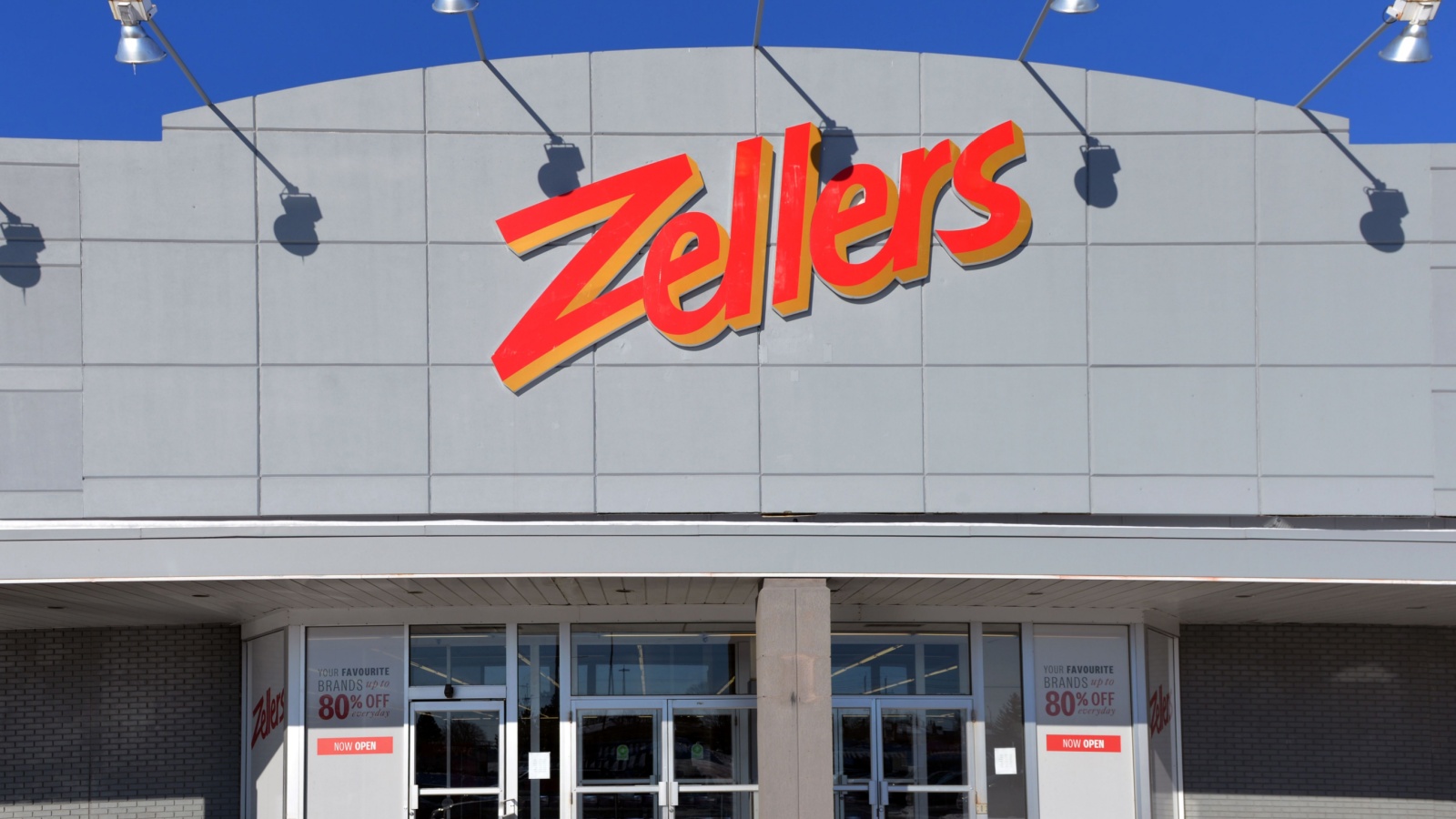
Zellers was once the affordable department store Canadians depended on for everything from kitchen appliances to kids’ clothes. But after Target’s entry into Canada, Zellers was sold off, leaving behind a few pop-up locations that couldn’t capture its former glory. It disappeared almost overnight in 2013 after decades as a household name. Loyal shoppers felt blindsided as locations were converted into Target stores, which also failed soon after. Its sudden vanishing marked the end of a distinctly Canadian budget shopping experience that had served generations.
Jacob

Jacob was a Canadian women’s clothing retailer that defined early-2000s mall culture with its classy yet affordable styles. The brand abruptly shut down in 2014 after declaring bankruptcy. Its decline came from fast fashion chains like H&M and Zara offering cheaper, trendier alternatives. For years, Jacob had been known for quality office wear and dresses suited for real working women, not just runway models. When sales dropped, stores started closing rapidly. What made its disappearance feel sudden was the emotional attachment many had to it.
BiWay
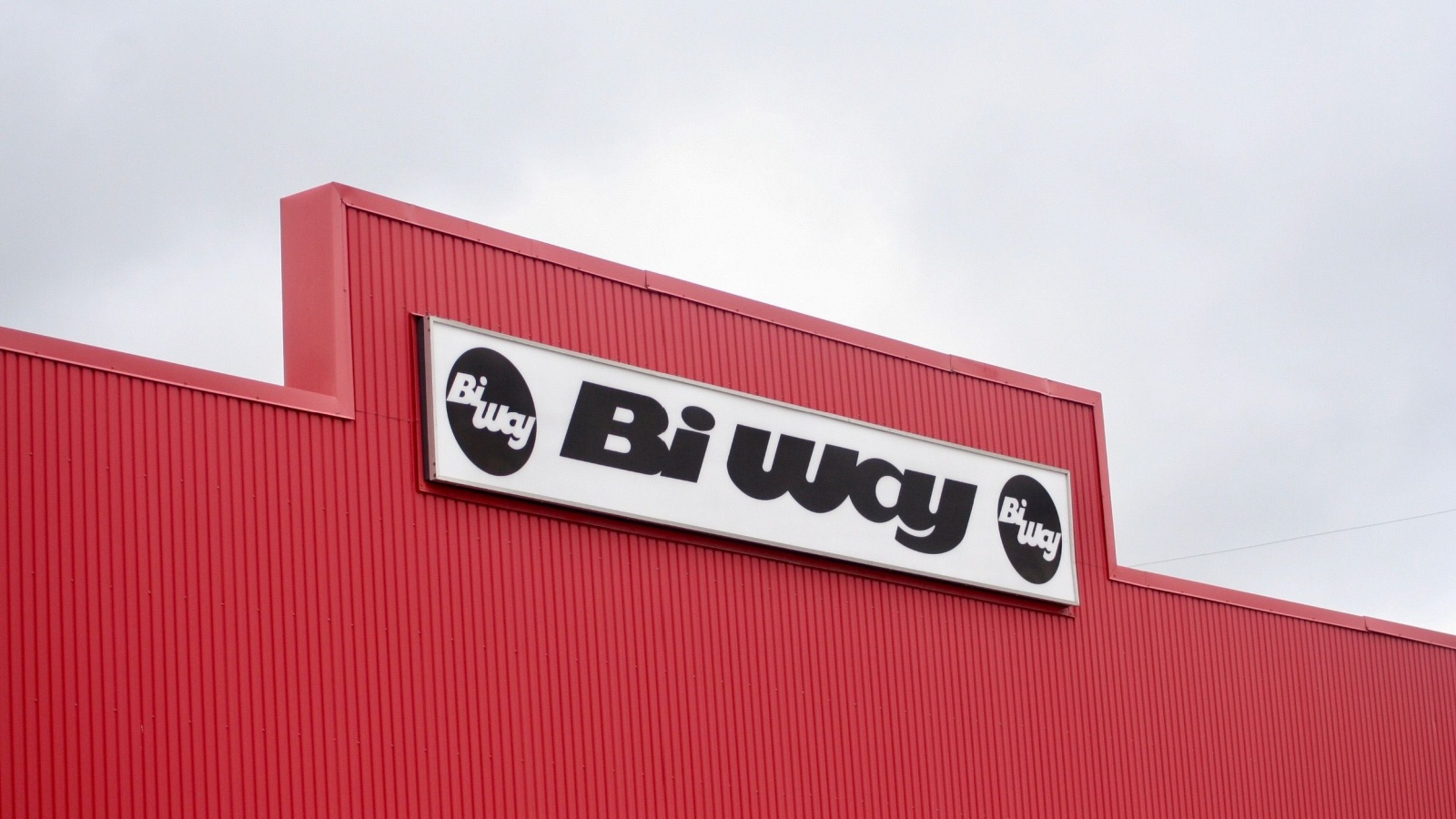
BiWay was the dollar-store before dollar stores became cool. Known for ultra-low prices and massive bins of discounted goods, it was a staple for thrifty Canadians. When it suddenly closed its doors in 2001, many assumed it was a temporary move. But it never returned. Poor management, overexpansion, and the rise of Walmart ended its run. For many families, BiWay was a weekend tradition where small budgets stretched surprisingly far. Its abrupt disappearance marked the end of a retail model that put affordability first, and despite small revival attempts, the original BiWay’s chaotic charm was never truly replicated.
Target Canada
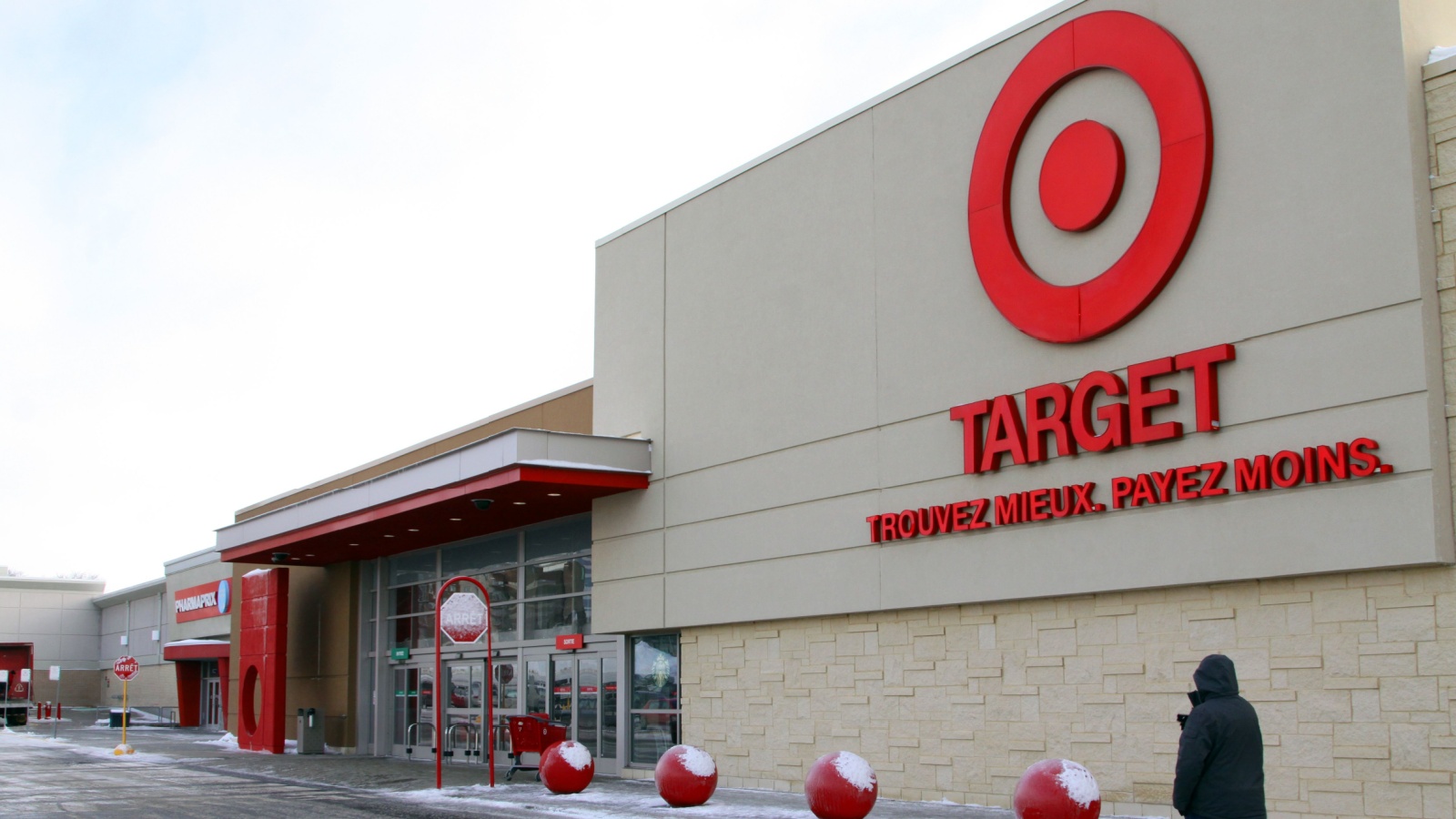
Target’s Canadian adventure was short, expensive, and stunningly brief. Launched in 2013 with massive hype, it promised the sleek American Target experience. Instead, shoppers found empty shelves, higher prices, and supply chain chaos. By early 2015, it shut all 133 stores, just 22 months after opening. The collapse felt abrupt even by retail standards, with 17,600 employees losing jobs almost overnight. Target’s disappearance became a case study in how not to expand internationally. It proved that brand familiarity abroad doesn’t guarantee local success.
Eatons
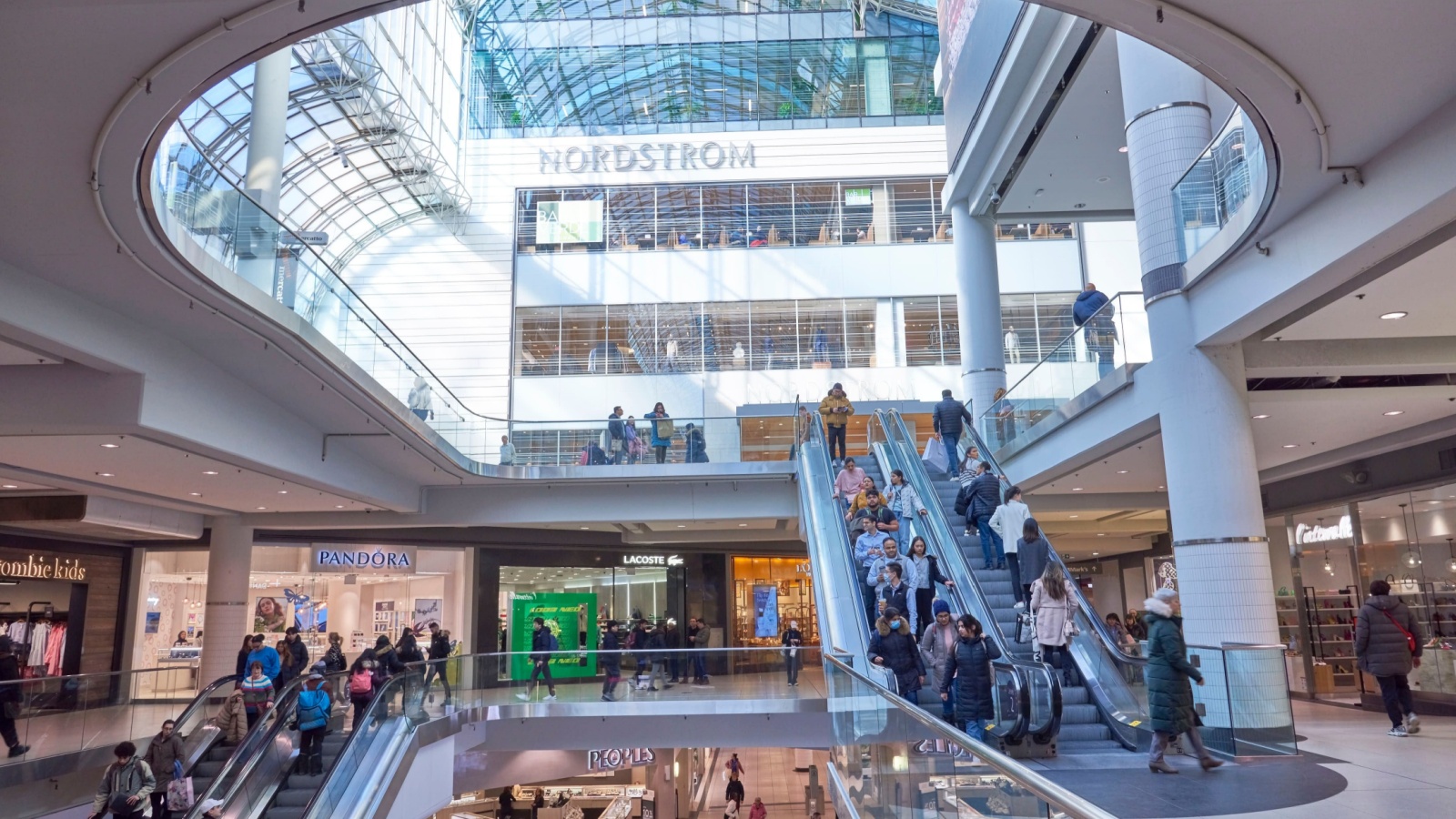
For over a century, Eatons was synonymous with Canadian department-store prestige. Founded in 1869, it shaped holiday shopping traditions and even inspired the Santa Claus Parade. But in 1999, the chain abruptly disappeared after years of declining sales. It was bought by Sears, which tried reviving the brand but failed. The sudden end shocked many Canadians who grew up shopping there. Eatons’ fall reflected the broader collapse of traditional department stores that couldn’t adapt to new retail realities. Its disappearance left a gap in Canadian identity.
Future Shop
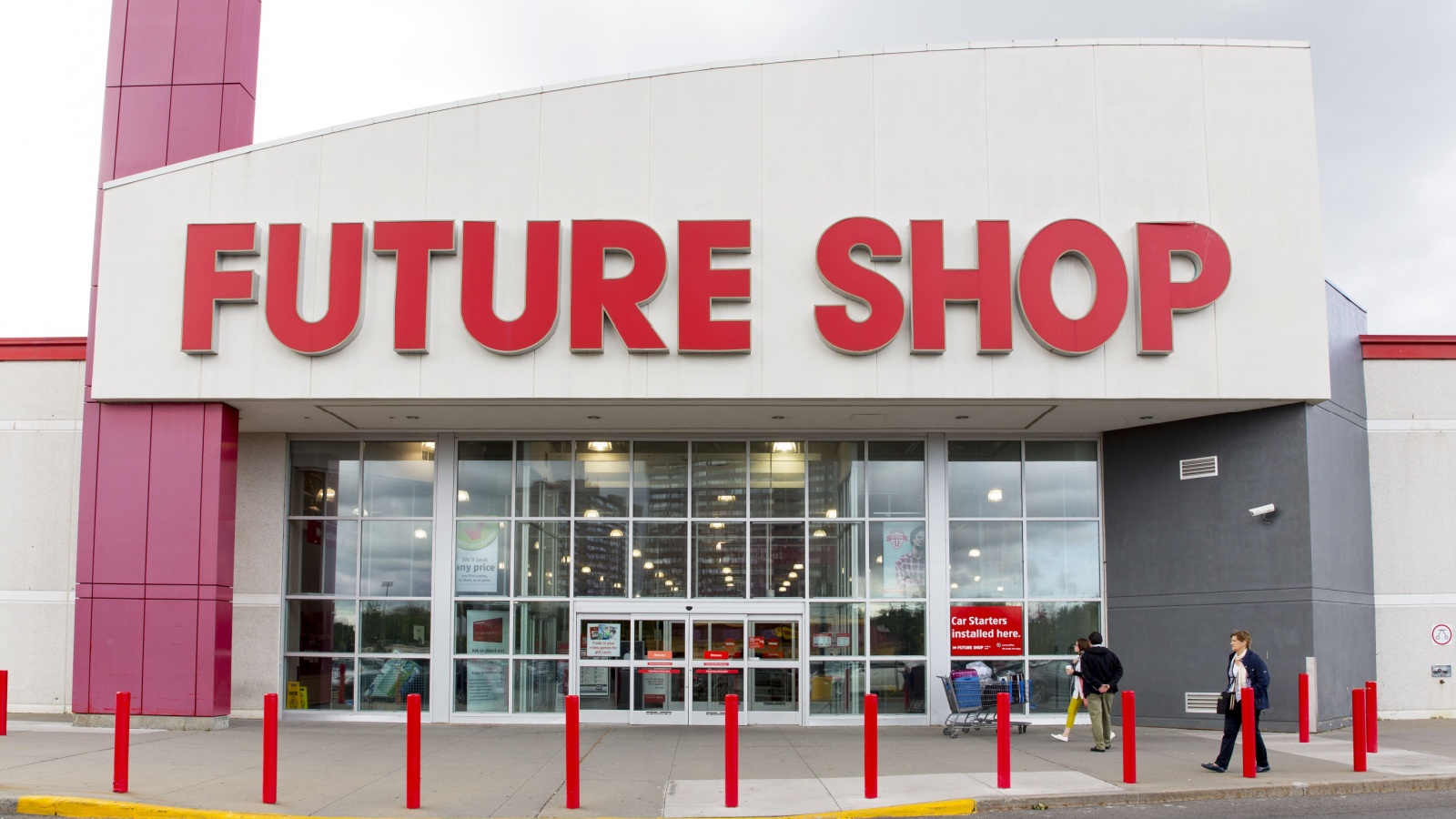
Future Shop dominated Canadian electronics retail for decades, offering everything from DVD players to the latest laptops. Owned by Best Buy, it unexpectedly vanished in 2015 when Best Buy decided to close all Future Shop locations overnight, converting some into its own stores. Customers and employees were blindsided, many arriving at work to locked doors. The sudden shutdown symbolized corporate consolidation at its coldest. Despite having loyal customers and deep roots, Future Shop’s end came quietly and swiftly.
Dylex
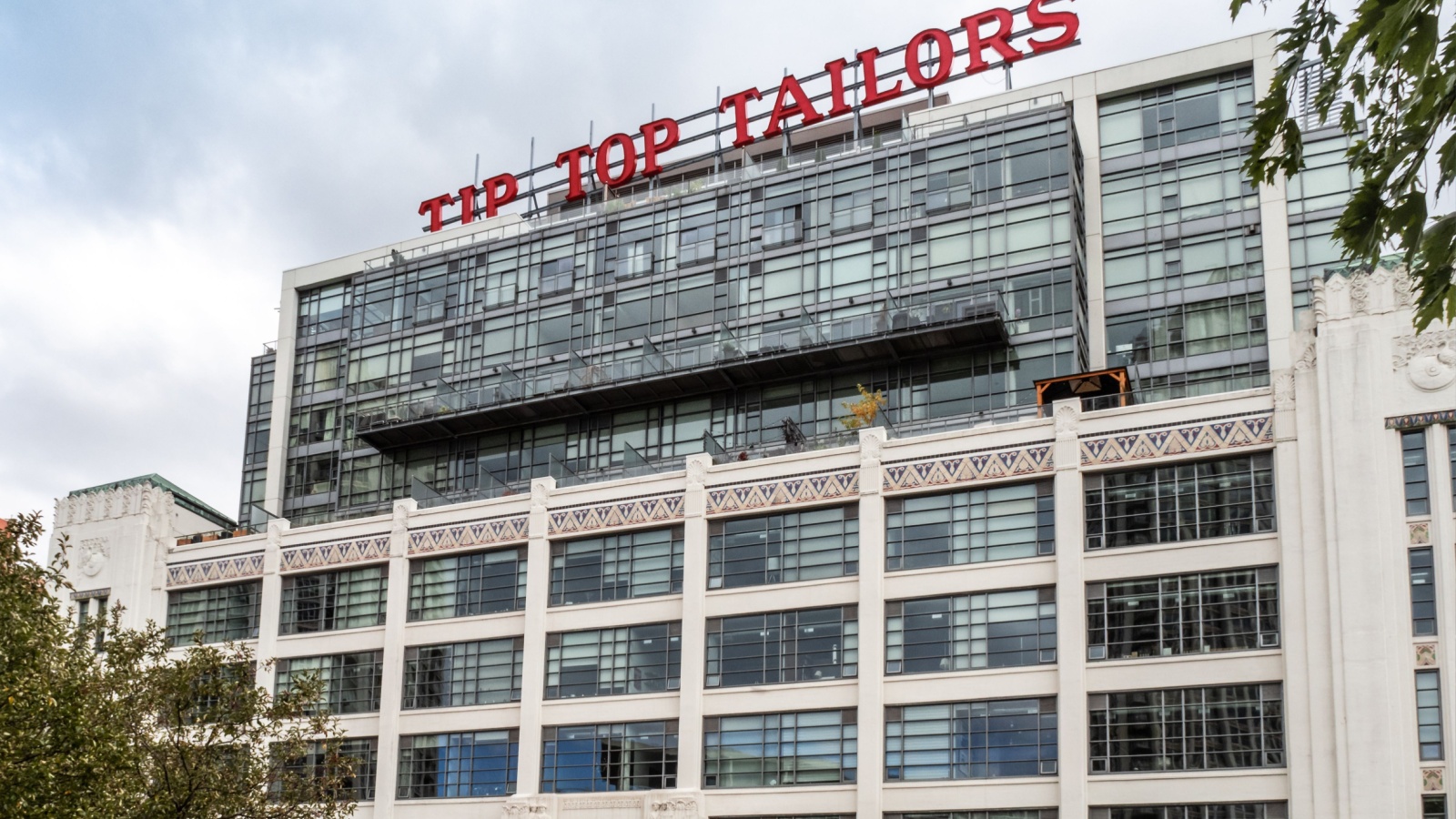
Dylex was one of Canada’s biggest retail groups, operating stores like BiWay, Thrifty’s, and Fairweather. It seemed too big to fail, until it did. In 2001, after financial struggles and changing fashion trends, Dylex collapsed overnight. The company’s sudden disappearance left hundreds unemployed and malls full of shuttered spaces. For decades, Dylex had shaped the retail landscape, adapting to consumer shifts with new brands, but eventually, its outdated business model couldn’t keep up with global competition.
Black’s Photography
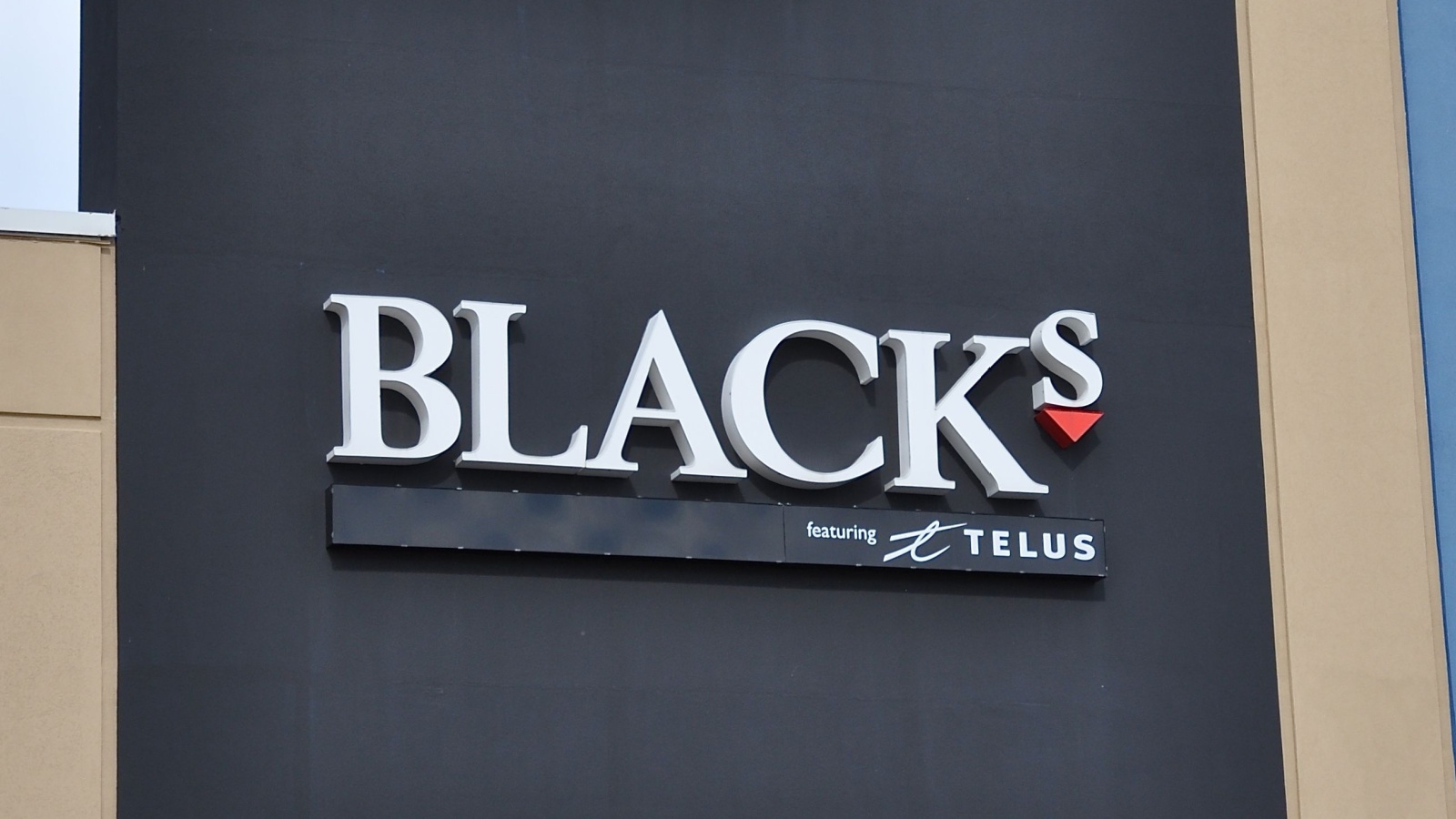
Black’s Photography was a beloved name for film development, camera sales, and personalized photo prints. As digital photography took over, Black’s struggled to reinvent itself. In 2015, after nearly 85 years in business, it shut down suddenly, closing all 59 stores across the country. The company tried digital kiosks and photo apps, but by the time they adapted, it was too late. For Canadians, Black’s wasn’t just a store; it was part of life events, graduations, weddings, family albums. Its overnight disappearance reflected how quickly technology can turn a thriving business into a nostalgic memory of simpler photographic days.
Sears Canada
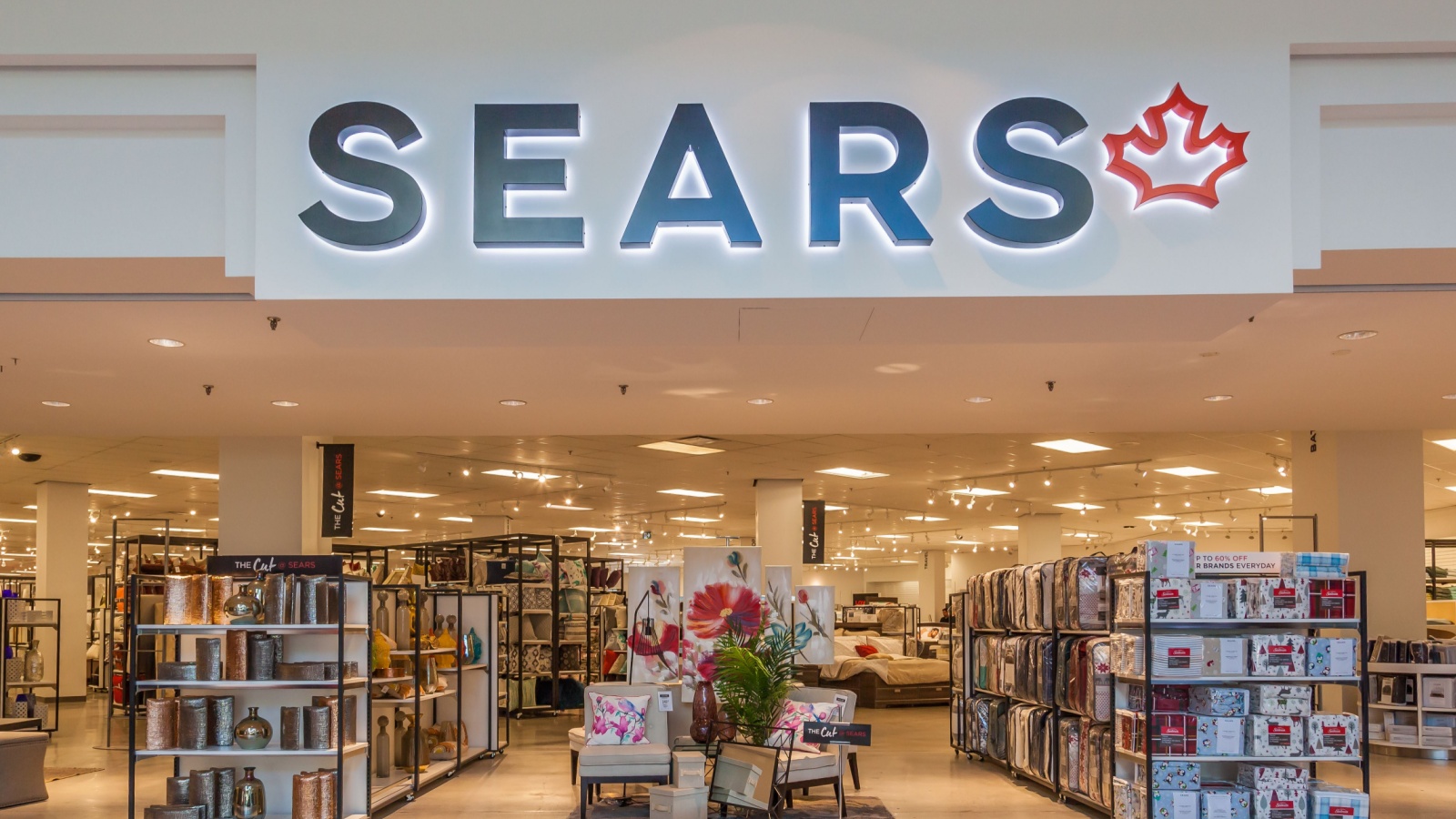
Sears Canada didn’t vanish in a single day, but when it finally closed in 2017, it felt like the end came overnight. Once a retail giant offering everything from appliances to apparel, it had been bleeding profits for years. But many Canadians were stunned when liquidation sales began suddenly, wiping out 65 years of brand loyalty. Thousands of workers were left jobless, pensions unpaid. What made its disappearance feel abrupt was its familiarity, Sears had been a constant presence in malls and catalogues. Its fall symbolized the harsh reality of modern retail, where even legacies can evaporate quickly.
Sam the Record Man
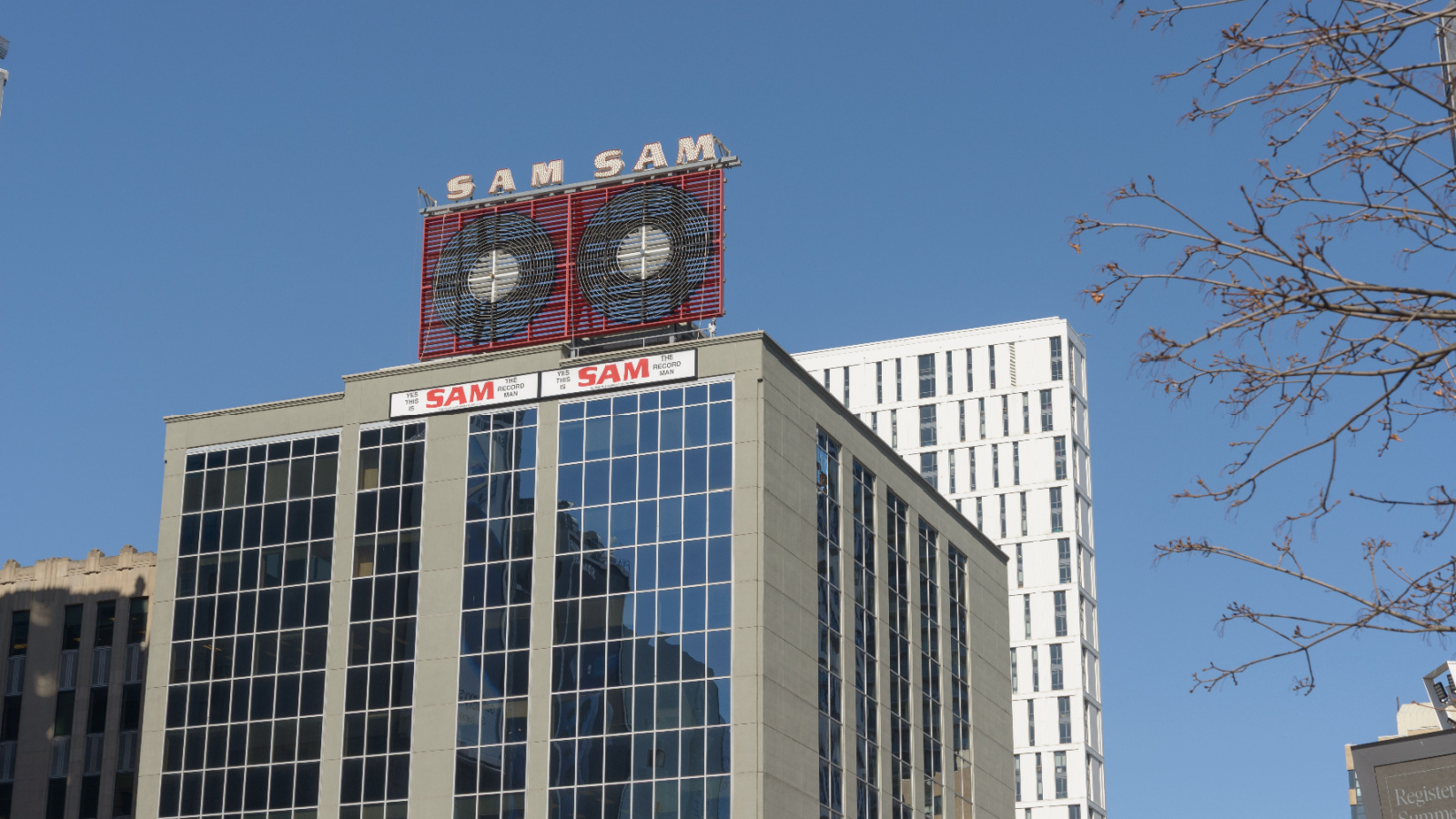
Sam the Record Man was once the beating heart of Canada’s music culture. The neon sign on Toronto’s Yonge Street was iconic. But in 2007, the brand closed suddenly, leaving fans of physical music devastated. Streaming services and digital downloads had eroded the record-buying habit that sustained it. Attempts to revive it online failed to capture the same energy. For many Canadians, Sam’s wasn’t just a store, it was an experience, a music community before algorithms existed. Its overnight disappearance represented more than a business failure; it marked the fading of an entire generation’s relationship with music discovery.
Honest Ed’s

Honest Ed’s in Toronto was a chaotic maze of deals, flashing signs, and quirky humor. After nearly 70 years in business, it abruptly closed in 2016. The property was sold to developers, and within months, the famous bargain landmark was gone. For locals, the end felt sudden because the store had been such a fixture that people assumed it would last forever. The disappearance of Honest Ed’s wasn’t just retail, it was cultural. Its loss highlighted how rising real estate values were reshaping cities, pushing out iconic businesses that couldn’t compete with luxury condos and corporate redevelopment projects.
Roots Home

Roots, the beloved lifestyle brand, once tried to branch into home goods. Roots Home stores offered furniture, linens, and decor infused with the brand’s signature Canadiana aesthetic. But the expansion didn’t stick. Within a few short years in the early 2000s, the division quietly disappeared, with little public explanation. Consumers enjoyed the quality but found prices too high for an untested market. Roots itself survived, but its home division’s overnight disappearance showed how even strong brands can overextend. The venture’s quiet shutdown left behind a few clearance bins and some collectible wooden furniture pieces now remembered by design enthusiasts.
RadioShack Canada
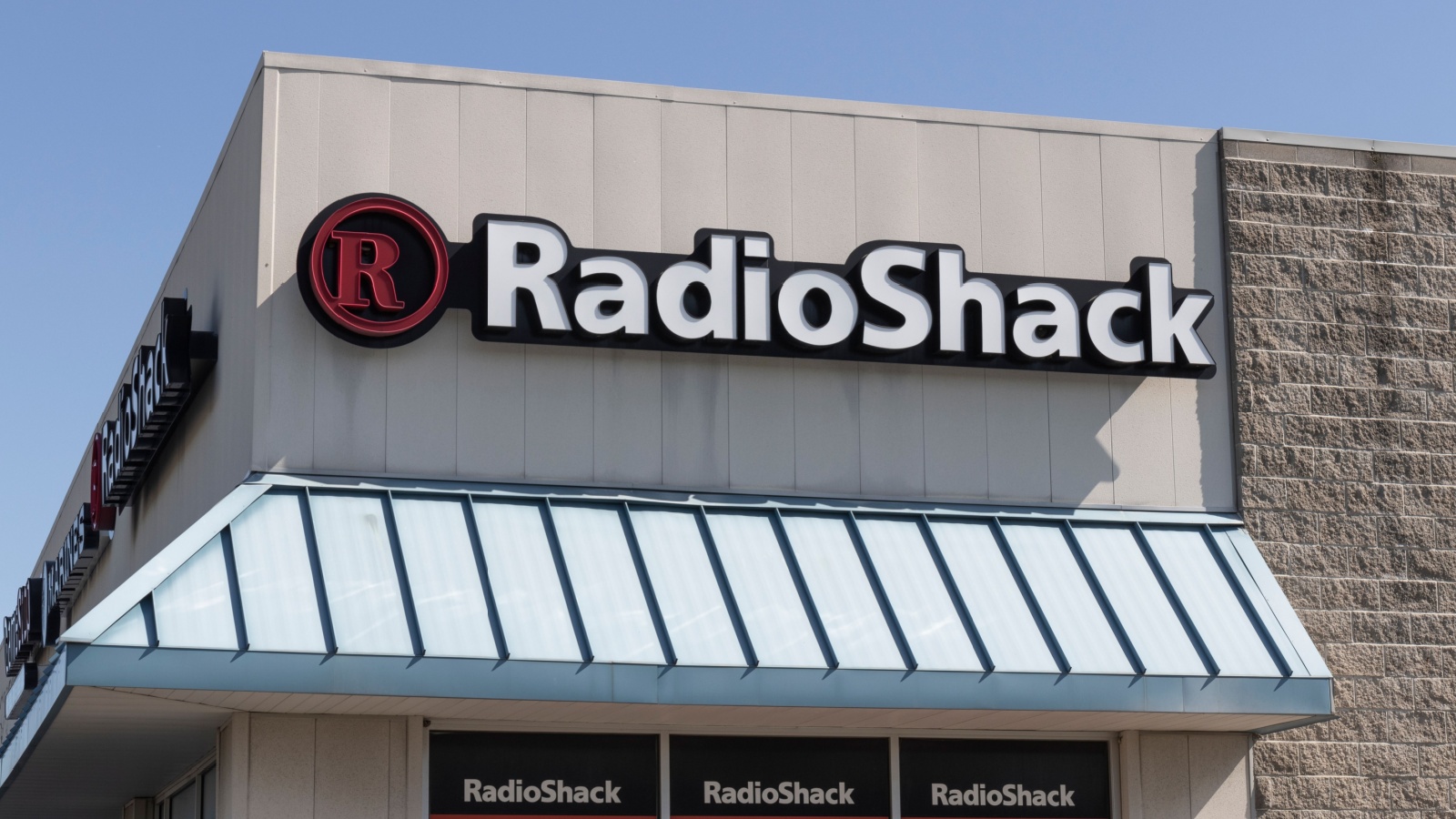
RadioShack had been the go-to place for tech hobbyists, batteries, and obscure cables. In 2004, after a legal dispute between its U.S. parent and Canadian licensee, all stores suddenly rebranded to “The Source by Circuit City.” The transition happened overnight, confusing customers who thought RadioShack had simply vanished. In effect, it had. The brand name disappeared from Canada almost instantly, ending decades of presence in malls and plazas. While The Source tried to carry on its legacy, the quirky RadioShack identity, full of DIY kits and tech curiosity, was gone, marking another sudden exit in the shift toward big-box electronics retail.
Beaver Canoe

Beaver Canoe started as a collaboration between Roots and Olympic paddler Don Watters in 1982. Its rugged, outdoorsy aesthetic was a hit, capturing a proud Canadian identity. Yet despite its popularity, it vanished in the 1990s without much notice. Licensing issues, limited production, and shifts in fashion trends caused it to fade quickly. The brand resurfaced briefly in 2013 for nostalgic limited releases but disappeared again soon after. Its sudden exit showed how quickly fashion cycles move, even for designs rooted in authenticity. Today, vintage Beaver Canoe sweatshirts fetch high resale prices among collectors of classic Canadian apparel.
Nortel Networks

Nortel Networks was once Canada’s tech pride, employing nearly 90,000 people globally at its peak. It collapsed overnight in 2009 after accounting scandals and financial mismanagement came to light. Once worth billions, it filed for bankruptcy within weeks, shocking the tech world. The fall was so fast that employees found themselves without jobs or pensions almost immediately. Nortel’s disappearance wasn’t gradual; it was an implosion that erased one of Canada’s biggest corporate success stories. Its patents and assets were sold off, and the company’s name became a cautionary tale of how swiftly corporate giants can crumble under pressure.
Fairweather Men’s Stores
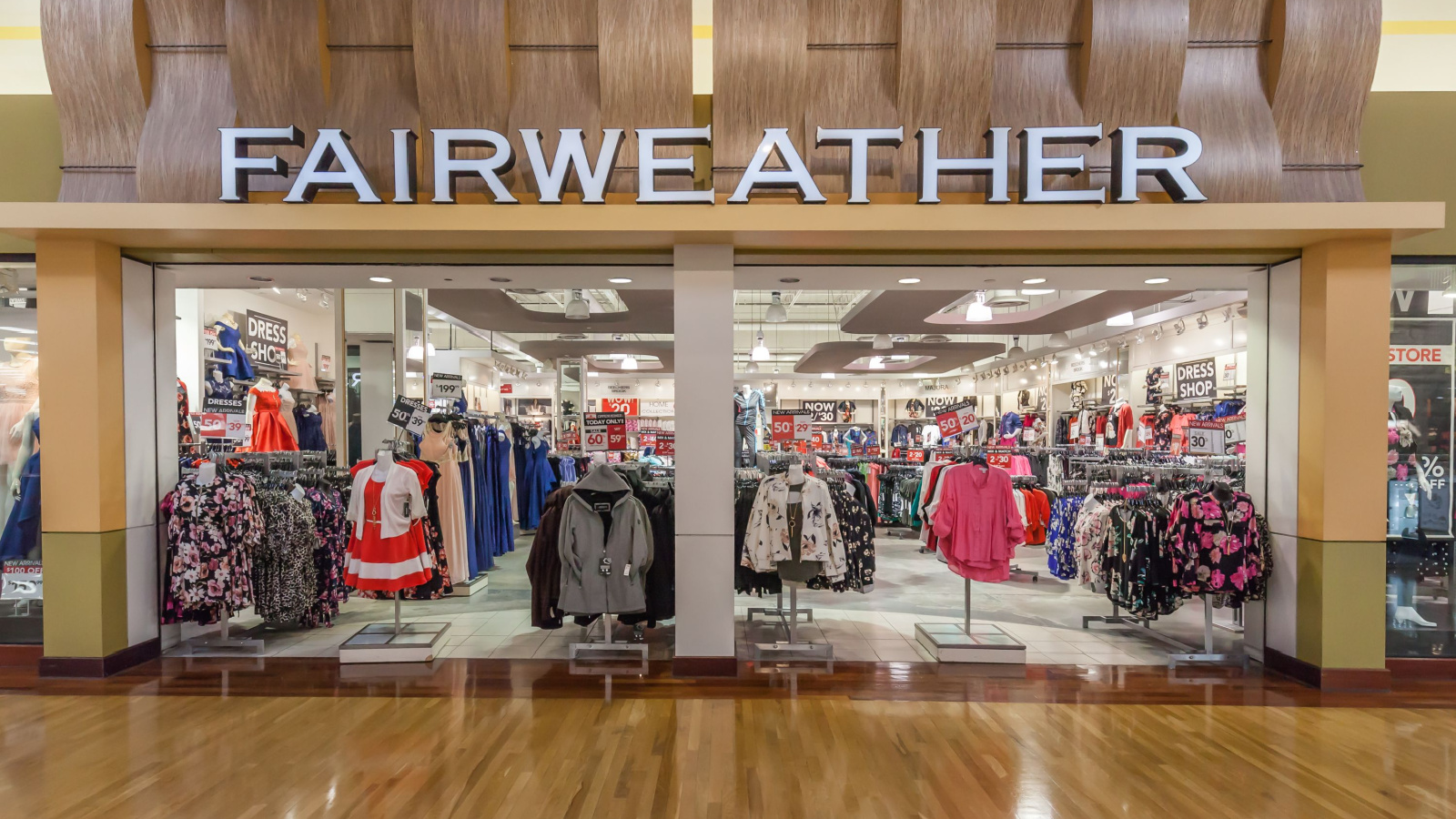
While the Fairweather women’s brand still lingers in a few malls, its men’s division vanished suddenly in the early 2000s. The company had overexpanded, and the men’s line couldn’t compete with trendier imports. Overnight, stores were emptied, signs removed, and leases terminated. Many loyal shoppers didn’t realize until they went looking for dress shirts and found bare storefronts. The abrupt closure symbolized the shrinking mid-range fashion market in Canada, squeezed between fast fashion and luxury retail. While Fairweather itself tried to adapt, the men’s brand’s disappearance showed how quickly retailers can cut divisions without public warning.
Montreal Trust
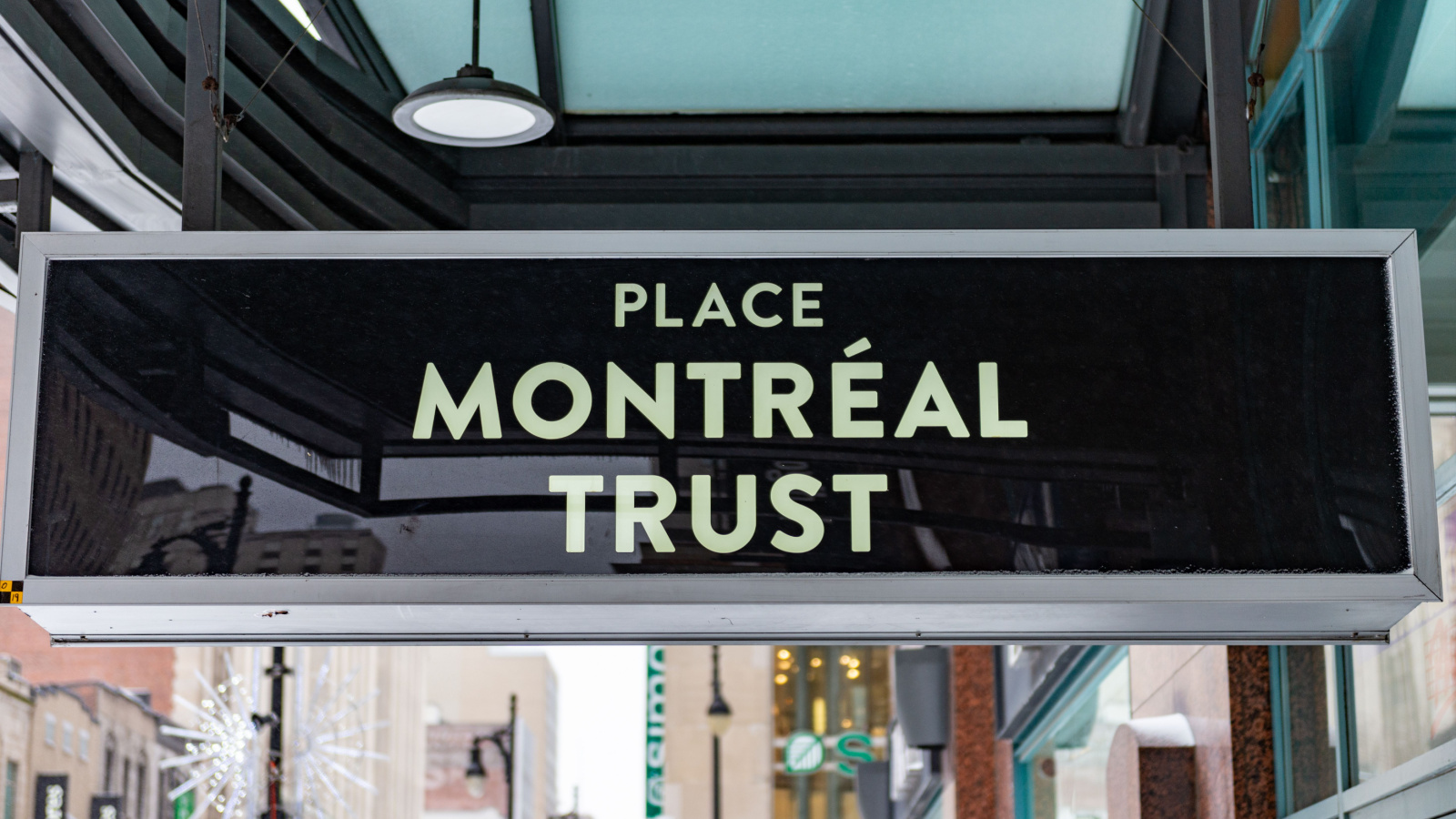
Montreal Trust was a financial institution with deep Canadian roots, founded in 1889. It suddenly disappeared from the public scene in 1994 after being acquired by Scotiabank. The transition was swift, accounts were moved, branches rebranded, and the Montreal Trust name retired. Many customers didn’t realize what had happened until their statements bore a new logo. The vanishing felt abrupt because Montreal Trust had been seen as a trustworthy, independent entity. Its absorption reflected the growing consolidation of Canada’s banking industry, where legacy names were erased almost overnight to streamline corporate branding and operational efficiency.
Cotton Ginny

Cotton Ginny was the go-to clothing brand for women seeking natural fabrics and eco-friendly designs before sustainability became mainstream. Despite its strong identity, it closed all stores in 2011, disappearing quietly after decades in business. The closure was abrupt, with many outlets shutting within weeks of the announcement. Cotton Ginny struggled to stay relevant amid fast fashion competition and online retail. Its disappearance left behind loyal customers who valued its simple, comfortable clothing. The sudden end of Cotton Ginny highlighted how niche values like sustainability, once rare, could become mainstream, but without rewarding the pioneers who started it.
Fairweather’s Thrifty’s

Thrifty’s, once operated under the Dylex group, was known for offering trendy women’s clothing at accessible prices. It was a mall staple in the 1980s and 1990s before vanishing abruptly in the early 2000s during Dylex’s bankruptcy collapse. The shutdown was quick and quiet, no farewell sales, just darkened storefronts. Thrifty’s disappearance reflected how Canadian mid-tier fashion brands were swallowed up by global chains that had the marketing budgets and online presence to dominate. For many who grew up shopping there, its vanishing overnight was another reminder that retail nostalgia rarely survives economic restructuring.
21 Products Canadians Should Stockpile Before Tariffs Hit

If trade tensions escalate between Canada and the U.S., everyday essentials can suddenly disappear or skyrocket in price. Products like pantry basics and tech must-haves that depend on are deeply tied to cross-border supply chains and are likely to face various kinds of disruptions
21 Products Canadians Should Stockpile Before Tariffs Hit
